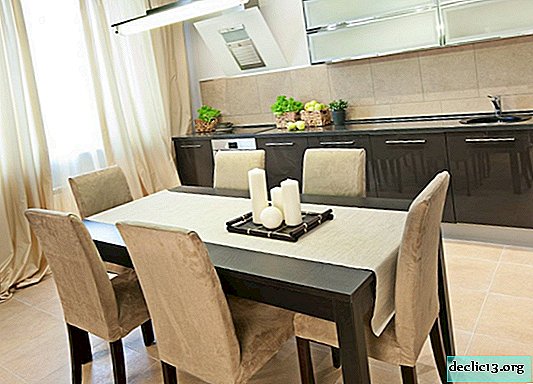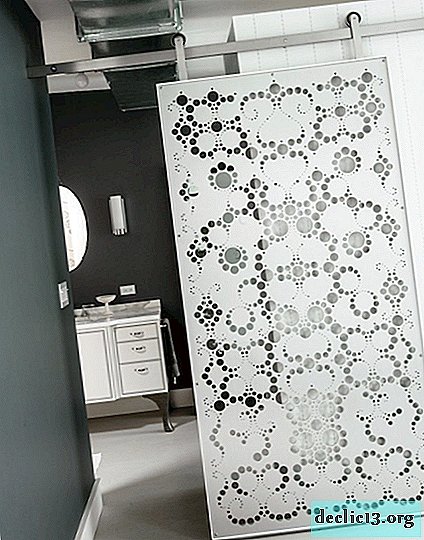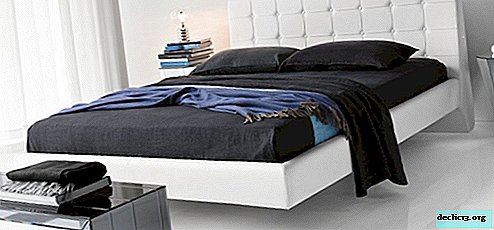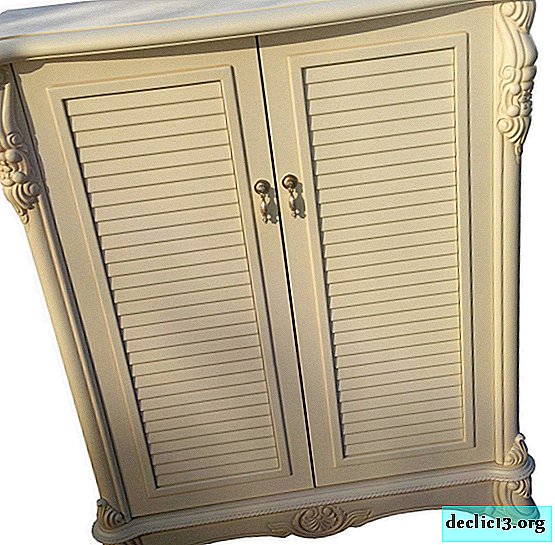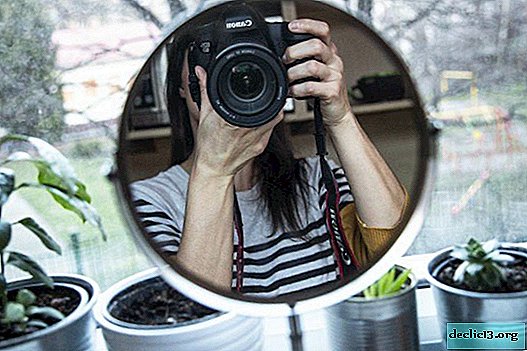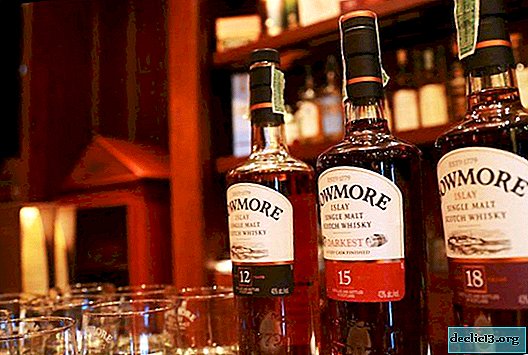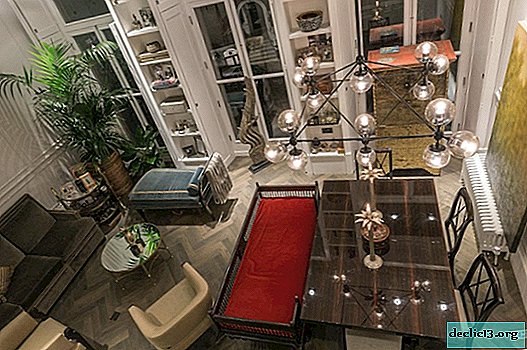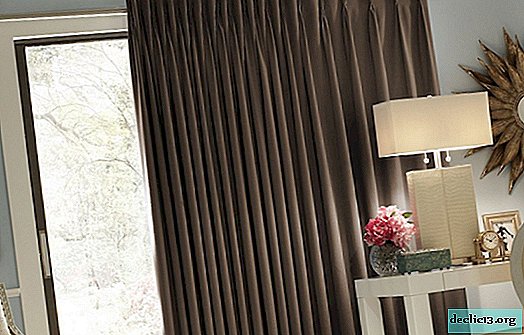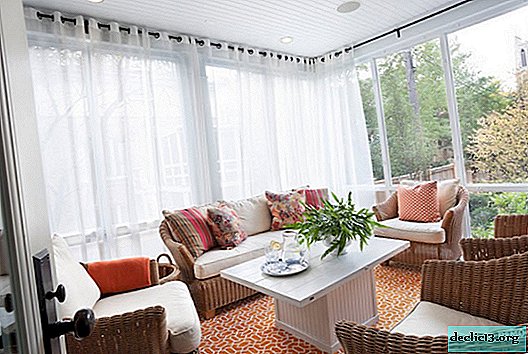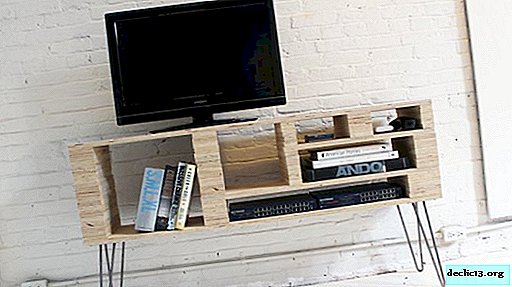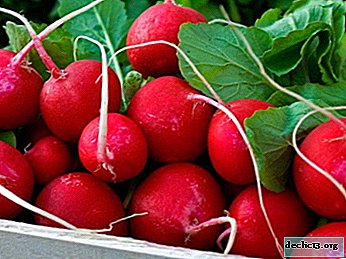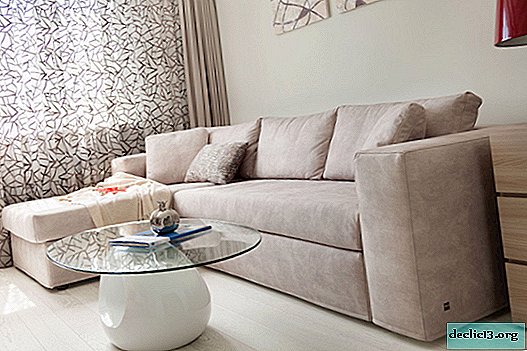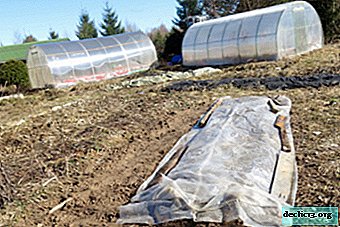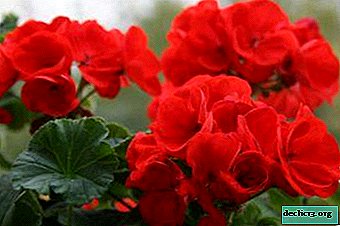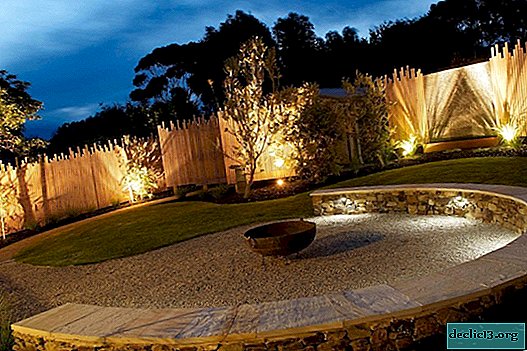Drywall features: examples, photos
In construction, drywall is a fairly versatile material. With it, you can zoning the room, decorate the doorways in the form of arches, use as decoration of walls, ceilings, etc.
This building material is a three-layer structure - the outer two layers are made of cardboard and play the role of a frame, and gypsum is used for the inner layer. All three layers are reliably interconnected so that they represent a single structure that is difficult to damage during installation or cutting.
The advantages of using drywall in construction
Gypsum plasterboard is strong enough that allows you to use this building material to create interior partitions.
It is made from natural raw materials, so drywall is an environmentally friendly material.
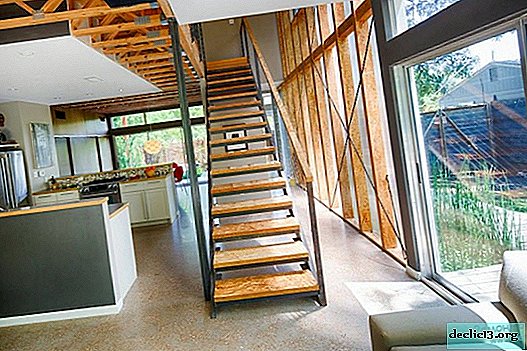
Designs made with its help allow you to create a healthy indoor microclimate.

It can be bent, so it is used in the creation and decoration of decorative elements - arches, openings of a non-standard shape.

Gypsum, which is used in production, is a non-combustible material, therefore, in the event of a fire, drywall surfaces will not support the fire.

Allows you to perform quick installation of structures of any complexity.

The cardboard that is used for the outer layers can be plastered, painted. You can easily stick wallpaper or ceramic tiles on it.

Drywall can be attached to an unprepared surface, and since it itself has a flat surface, for further work you only need to close the seams between the sheets.

The low cost of production and, as a consequence, the low cost of the material itself.

It has high heat, sound insulation properties.

It has a long service life.

The disadvantage of drywall is that it cannot be used in wet rooms, since gypsum is afraid of water. Also, heavy objects cannot be attached to drywall partitions. To do this, you must additionally use either the walls of the room, or structures to which drywall sheets are attached.
Types of Drywall
Drywall is available in several types, depending on the scope:
- Normal (GCR) - used in rooms with normal humidity. Available in gray or blue.
- Fire-resistant (GKLO) - does not burn due to the fact that it contains special additives. It is produced in gray or red.
- Moisture resistant (GKLV) - has a moisture resistant cardboard and additives that prevent the formation of mold and fungi. Such drywall is marked in green or blue. Not used in rooms with humidity over 90%.
- Moisture-proof and fire-resistant (GKLVO) - combines the qualities of both one and the other species.
Thus, the use of drywall will allow you to quickly and inexpensively complete construction work.

